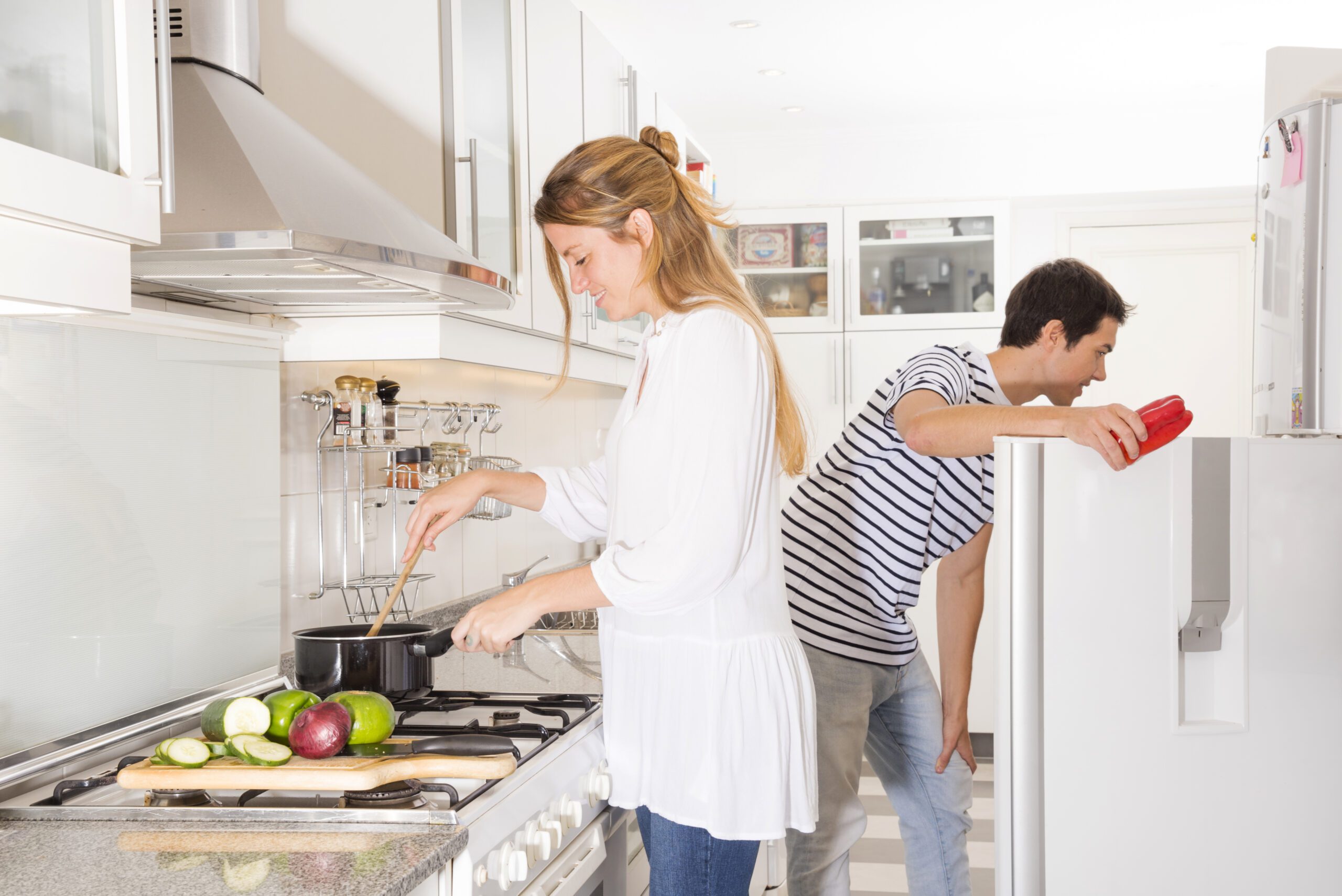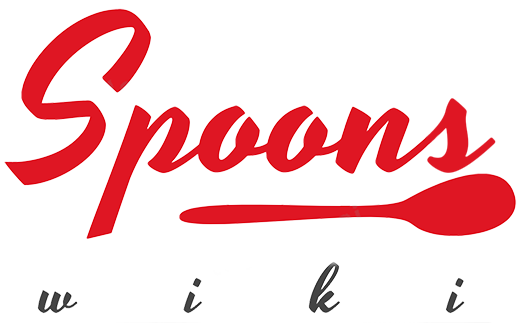11 Personal Protective Equipment for Cooking in Home kitchen

Whether you’re a newbie in the kitchen or a seasoned pro, it’s super important to protect yourself while cooking. After all, cooking can be pretty dangerous with all those sharp knives, hot surfaces, and the potential for respiratory issues. But don’t worry, you don’t have to break the bank to stay safe while cooking at home. All you need are some basic items like heat-resistant gloves, an apron, and a kitchen vent fan to keep you protected.
In this guide, we’ll walk you through some of the key personal protective equipment (PPE) you should have on hand in your kitchen. We’ll also give you some tips on choosing the right materials and fit, show you how to use PPE properly, and help you develop a habit of safety in the kitchen. Trust us, knowing how to use cooking PPE is one of the most important skills any home cook can have.
By following our tips, you’ll be able to cook with confidence and avoid any unnecessary accidents in your kitchen. So let’s get started and make sure you and your fingers, lungs, eyes, and taste buds are all well-protected!
Read More: Dishwasher Tablet in Oven
What is the Role of PPE in the Kitchen?
Personal Protective Equipment, or PPE, is definitely relevant in the kitchen. The kitchen is a fast-paced and noisy environment where accidents can happen if proper precautions aren’t taken, especially during the COVID-19 pandemic. PPE is used to reduce the risks of injuries and to protect workers from potential hazards.
In a restaurant, all employees are at risk of getting burned, cut, or wounded due to the use of various kitchen gadgets. That’s why it’s crucial for employers to provide the right equipment to minimize these possible hazards. By doing so, they can ensure the safety of their employees and customers.
While not every injury can be avoided, using PPE can help to improve safety and prevent accidents. This not only benefits the people working in the kitchen but also the customers who visit the restaurant. In addition, a combination of PPE and restaurant insurance can help to avoid costly lawsuits related to food contamination claims. Restaurant insurance is crucial for keeping a business running and maintaining a reputation as a responsible establishment.
Having this kind of coverage provides essential financial support to pay out claims, as well as covering court and representation costs. It’s important for restaurant owners to prioritize the safety of their employees and customers, and investing in PPE and insurance is a great way to do so.
List of Personal Protective Equipment in the Home Kitchen
1. Apron
An apron can protect your clothing from spills, stains, and splatters, as well as from hot liquids or grease. It can also help prevent cross-contamination by keeping your clothes from touching raw meat or other potentially contaminated surfaces.
List of Personal Protective Equipment in Commercial Kitchen
Now, in the above section, we enlisted important personal protective equipment in the personal kitchen. So what about a personal protective environment in a commercial kitchen? Yes, there is some additional PPE for commercial kitchens. In this section, we will look at some of the personal protective accessories in a commercial kitchen.
➪Face Masks:
The CDC recommends the use of face masks to reduce the risk of COVID-19 spread among people. Face masks are currently advised for employees and customers while they are not eating or drinking and when social distancing measures are difficult to keep.
➪Disposable Gloves:
Employees should wear disposable gloves at all times, whether they are removing garbage bags or handling and disposing of trash, handling used or dirty food service items, or cleaning and disinfecting surfaces.
➪PPE Safety Goggles:
Safety goggles, glasses, or face shields can be used to protect the eyes from exposure to the COVID-19 virus.
➪Hairnets:
Employees with long hair must wear hairnets to prevent hair from falling into food, which can cause contamination.
➪Aprons:
Aprons can protect employees’ clothing from spills, splashes, and stains while they are working in the kitchen.
➪Non-Slip Shoes:
Non-slip shoes are essential to prevent slips, trips, and falls in the kitchen, which can lead to serious injuries.
➪Earplugs or Earmuffs:
The kitchen can be a noisy environment, so earplugs or earmuffs can help to reduce the risk of hearing damage among employees.
OSHA Standards for PPE
The Occupational Safety and Health Administration or OSHA has established standards for the use of personal protective equipment (PPE) in the workplace, including kitchens. Some of the key OSHA PPE standards include:
►PPE should be provided, maintained, and used wherever hazards are present that cannot be properly controlled through engineering or administration controls. Kitchens contain many hazards like heat, chemicals, sharp tools, and slippery floors that require PPE.
►PPE should be inspected, and replaced as needed to ensure it provides adequate protection. Damaged or contaminated PPE will not protect employees. PPE should be cleaned, repaired, or replaced after use.
►Employers must conduct a PPE hazard assessment to determine appropriate PPE for specific job tasks. The assessment should identify potential sources of injuries to faces, eyes, heads, hands, and feet. PPE should be selected based on hazards present and job tasks performed.
►Employees must be trained on when PPE is necessary, what PPE is necessary for their tasks, how to properly put on and remove PPE, how to properly adjust and wear PPE, the limitations of the PPE, and how to care for, and maintain, useful life and disposal of the PPE.
Some Examples of Required PPE for Kitchens Include:
- Cut-resistant gloves when using knives or other sharp tools
- Heat/flame-resistant aprons, and gloves when cooking or handling hot items
- Slip-resistant shoes with steel or composite toe
- Goggles/eye protection when handling hazardous chemicals or emptying grease traps
- Respirators when performing tasks that generate noxious fumes like cleaning hood vents
OSHA can issue citations and penalties if PPE standards are not properly followed, putting employees and safety at risk. Kitchen managers should ensure they stay up to date with all OSHA PPE requirements to maintain a safe work environment. OSHA helps regulate workplace health and safety, so their PPE standards should be taken seriously in all kitchens and food service operations.
Frequently Asked Questions About PPE
What is the purpose of PPE in the kitchen?
PPE is used in the kitchen to protect employees from potential hazards and reduce the risk of accidents or injuries. It can also prevent the spread of infectious diseases, such as COVID-19.
What are some common types of PPE used in the kitchen?
Some common types of PPE used in the kitchen include face masks, disposable gloves, safety goggles, hairnets, and aprons.
Who is responsible for providing PPE in the kitchen?
Employers are responsible for providing PPE to their employees at no cost. They must also ensure that the PPE fits properly and is maintained in a clean and reliable condition.
Why is proper training on PPE important in the kitchen?
Proper training on PPE is important to ensure that employees know how to use and care for the equipment properly. This can help to prevent accidents or injuries and ensure the effectiveness of the PPE.
Can PPE prevent the spread of COVID-19 in the kitchen?
Yes, PPE such as face masks and gloves can help to prevent the spread of COVID-19 in the kitchen. However, it is also important to follow other safety measures such as social distancing and frequent hand washing to reduce the risk of transmission.
Conclusion
Personal Protective Equipment (PPE) is a crucial aspect of ensuring the safety of employees in the kitchen. Whether it’s protecting against physical hazards or preventing the spread of infectious diseases, proper PPE protocols must be followed to ensure the well-being of both employees and customers. By adhering to the guidelines set forth by OSHA and providing appropriate PPE, employers can create a safe and healthy working environment while protecting the reputation of their establishment. Remember to stay informed and up-to-date on PPE standards and best practices to ensure the continued safety of all involved in the cooking and food service industry.












